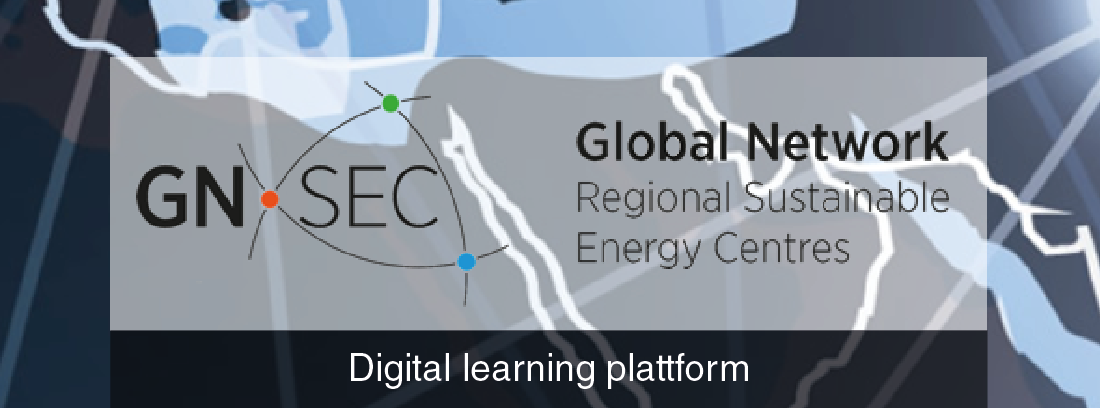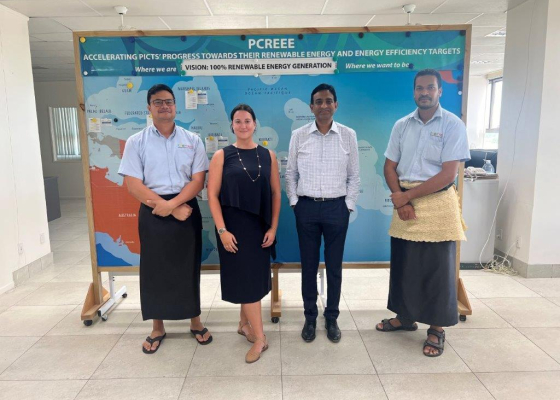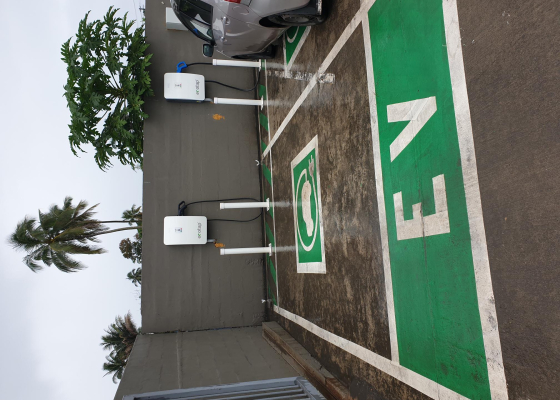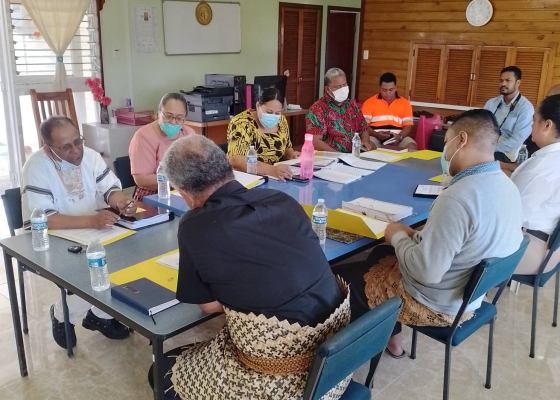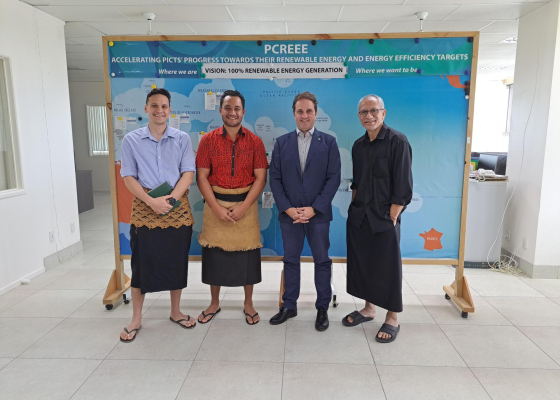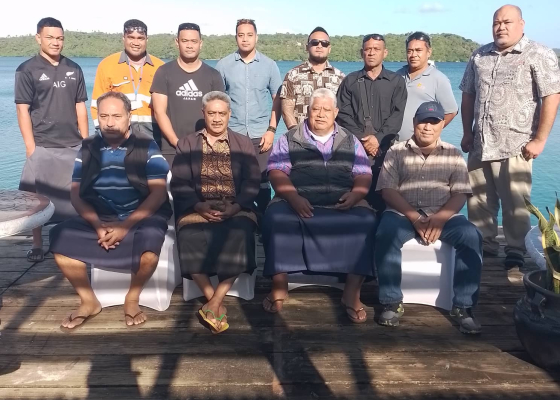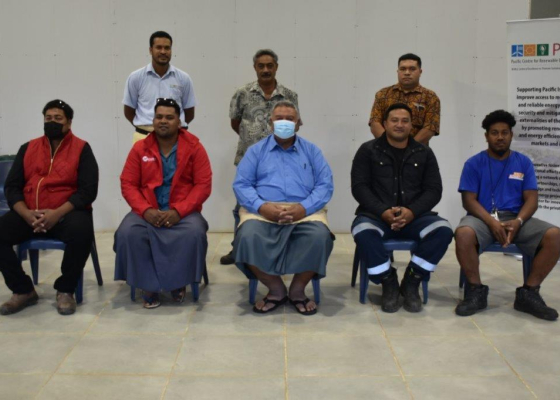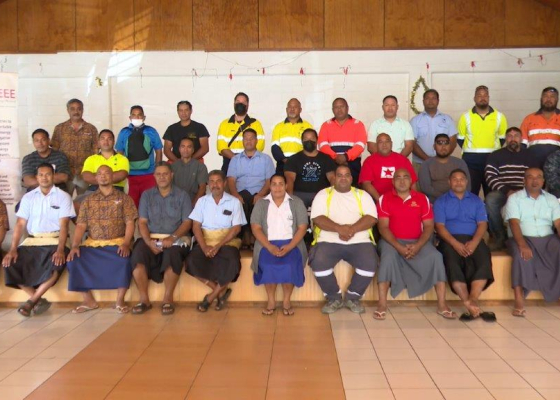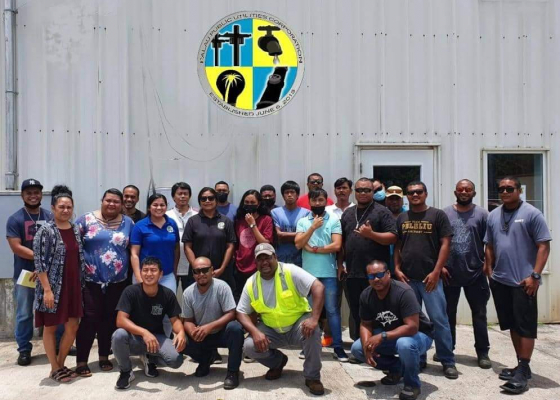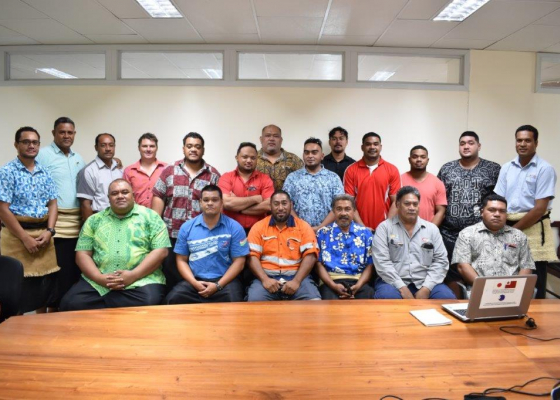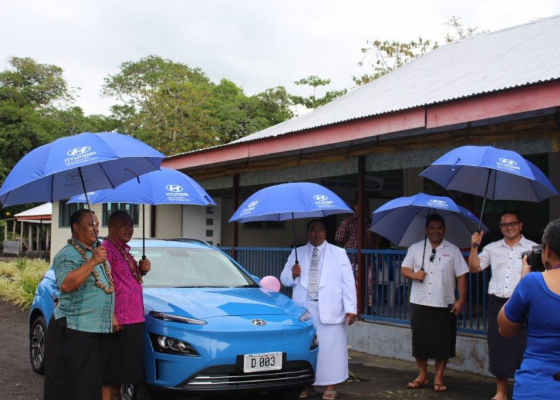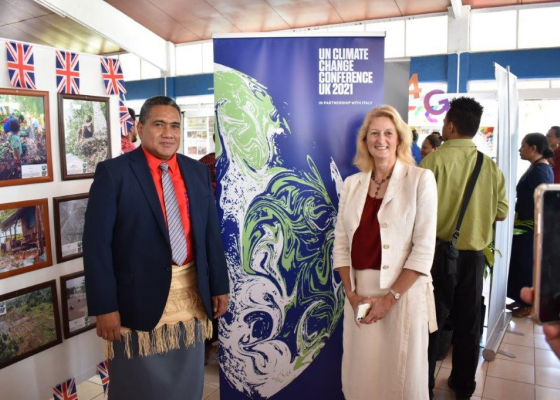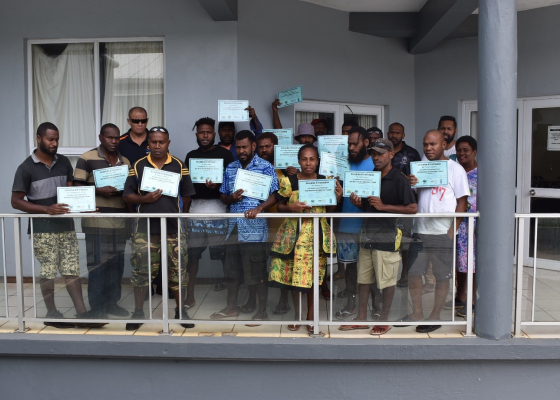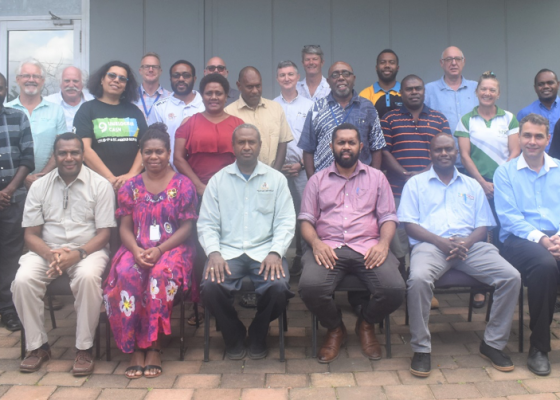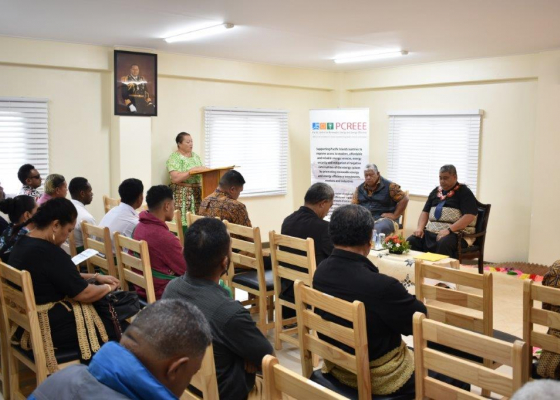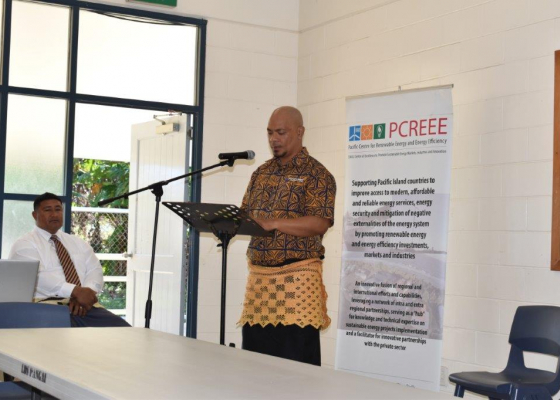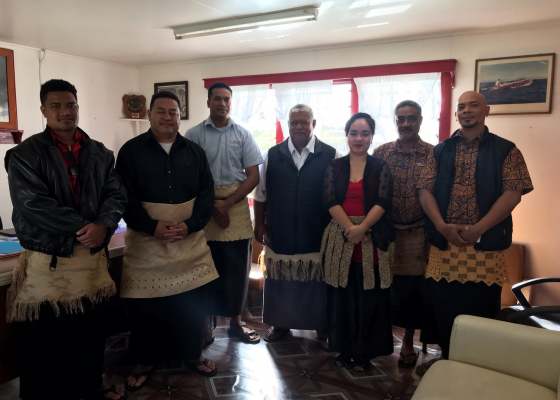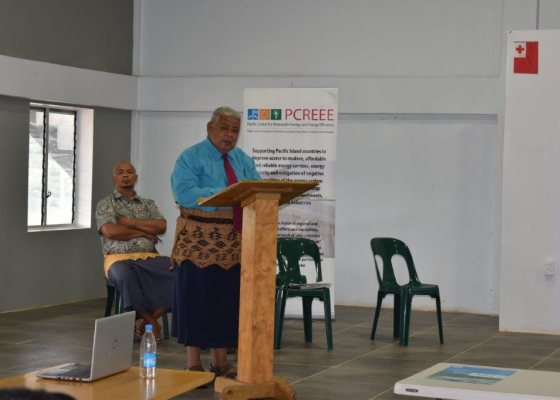CNMI Strategic Energy Plan (2013)
In March of 2010, the U.S. Department of the Interior (DOI) Office of Insular Affairs (OIA) sponsored a regional energy meeting in Golden, Colorado, that included the CNMI, American Samoa, and Guam. CNMI delegates from the Governor’s Office, the Commonwealth Utilities Corporation (CUC) and the Northern Marianas College (NMC) met with representatives from the U.S. Department of Energy (DOE) and senior principals from DOE’s National Renewable Energy Laboratory (NREL) to discuss ways to improve energy efficiency and increase the deployment of renewable energy technologies in the Pacific. As a result of this meeting, the CNMI Governor established an energy task force to help coordinate energy policy and promote long-term planning.
In the summer of 2010, OIA funded NREL to conduct an initial technical energy assessment for CNMI that detailed energy consumption and production data and established an energy baseline. This assessment was used to conduct an energy analysis that estimated the energy efficiency and renewable energy potential for the CNMI.
This document serves as a starting point for energy planning and builds upon various prior resource assessments.2 This strategic energy plan addresses a range of energy options focusing on energy efficiency and renewable energy technologies, policies, and programs. Various steps are presented, including ready-for-action opportunities as well as those that that require further investigation. This plan will serve as the foundation for formulating actions and implementation strategies.
This plan presents three future scenarios regarding the energy efficiency and renewable energy technical potential in the CNMI — a base case, a low-impact scenario (20% reduction in fossil fuel consumption), and a high-impact scenario (53% reduction in fossil fuel consumption). The purpose of this scenario exercise is to show what CNMI’s energy portfolio could look like by the year 2026. Using industry-standard profiles and potentially achievable targets in CNMI's energy technology portfolio, various scenarios of end-user energy efficiency, supply-side efficiency improvements. and use of renewable energy were modeled to produce outputs that provide a visual picture of the opportunities. The scenarios are not prescriptive, they are tools designed to serve as a guide. As the CNMI ETF develops opportunities, with it will come an understanding of the costs and benefits that will play an influential role in implementation. The results displayed here should be viewed with this in mind and followed by more detailed economic and power system studies.
Sound energy planning involves evaluating three different aspects of project development simultaneously: (1) the available technology options, (2) policies, programs and incentives that are needed to ensure the success of the project, and (3) financing mechanisms. This is sometimes referred to as the three-legged stool of energy planning. Without considering all three aspects, a project is unlikely to succeed.
Upcoming Events
-
01/19/2026 to 01/23/2026
-
03/02/2026 to 03/03/2026






